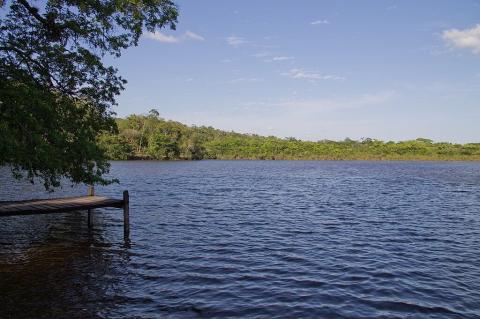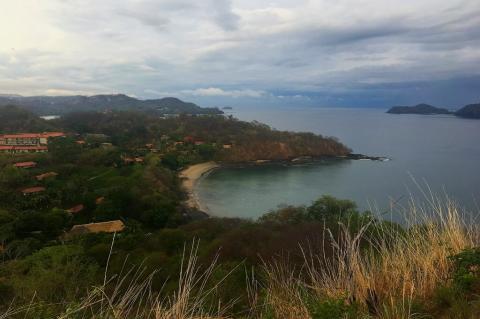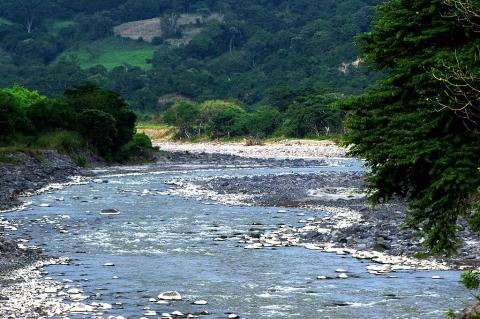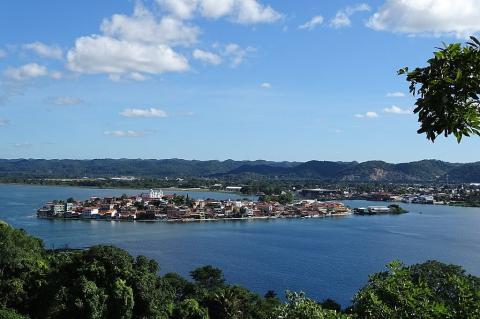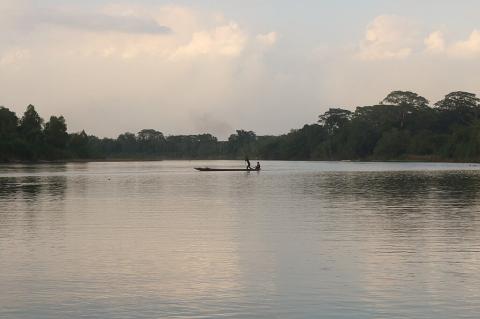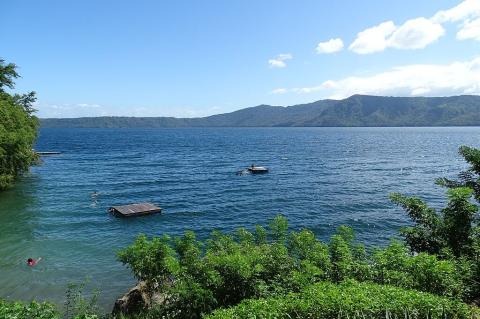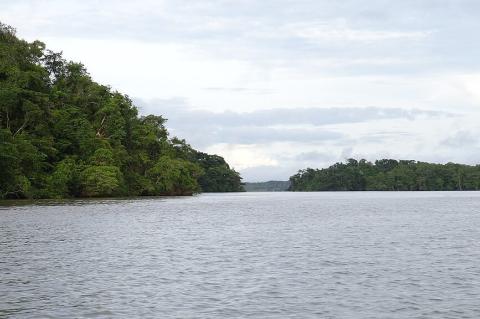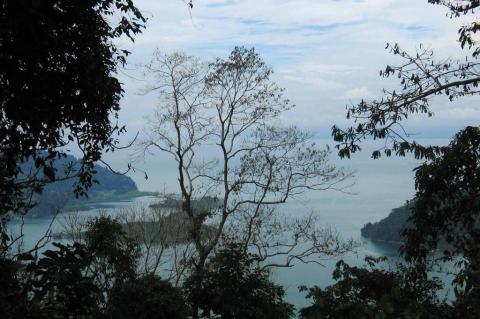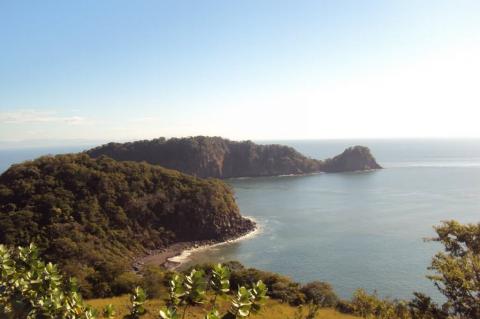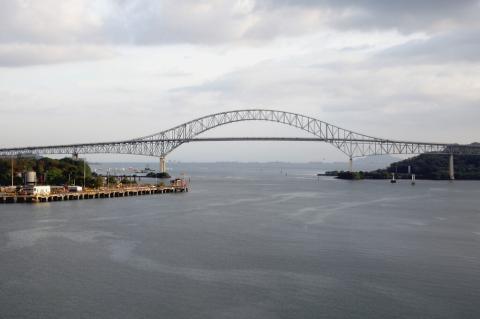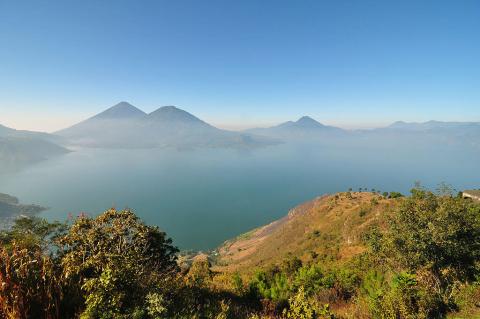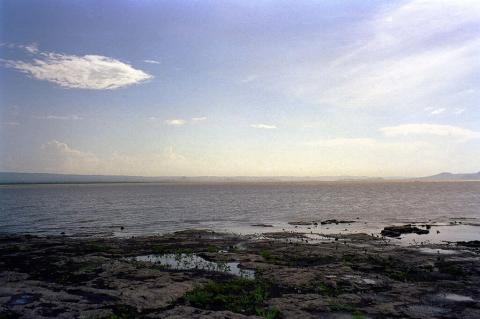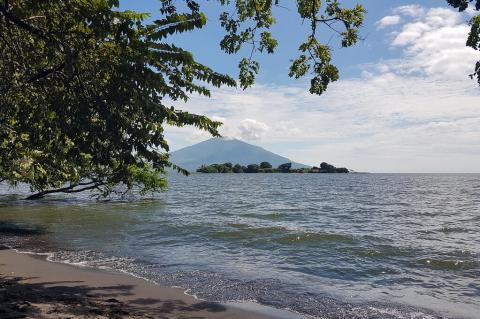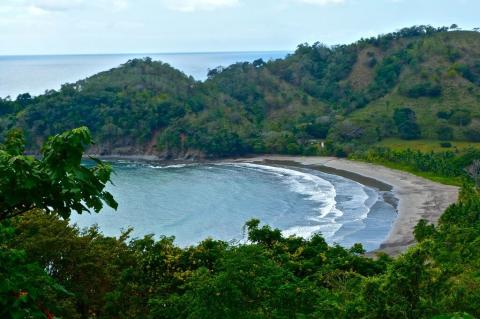Belize's Comprehensive Water Landscape: From Mountains to Reef
Belize, positioned along the eastern coast of Central America, represents a unique confluence of terrestrial and marine environments where ancient Maya rivers meet the world's second-largest barrier reef system. This small nation encompasses an extraordinary diversity of aquatic landscapes, from crystalline mountain streams cascading through pristine rainforests to expansive coastal lagoons teeming with wildlife. These waters serve as ecological corridors, vital to the economy and culture, linking the highlands to the Caribbean and supporting communities.
